We put the Xiaomi 13 Ultra through our rigorous SBMARK Battery test suite to measure its performance in autonomy, charging and efficiency. In these test results, we will break down how it fared in a variety of tests and several common use cases.
Overview
Key specifications:
- Battery capacity: 5000 mAh
- 90W charger (included)
- 6.73-inch, 1440 x 3200, 120 Hz, OLED display
- Qualcomm Snapdragon 8 Gen 2 (4 nm)
- Tested ROM / RAM combination: 256 GB + 12 GB
Pros
- Decent autonomy overall
- Good autonomy when calling, gaming, and watching videos
- Excellent wireless charge with only 55 minutes to full charge
- Very good wired charging time with less than 50 minutes to full charge
Cons
- Poor autonomy when using the GPS
- Higher discharge currents on-the-go
The Xiaomi 13 Ultra’s battery performance earned the device a very good global score, thanks to strong showings in charging and efficiency.
The device’s autonomy was good at 2.5 days when used moderately. When testing in usages individually, autonomy did better than average when listening to music, while watching videos and gaming also yielded very good autonomy. On-the-go performance was a bit higher than average, even though GPS navigation showed poor autonomy.
Equipped with a 90W charger, the charging experience proved to be very good. Charging the entire battery by wire took 48 minutes and 51 seconds, while and a quick 5-minute boost provided 7.5 hours of autonomy, which is an excellent result. The results for wireless charging were also excellent, taking only 55 minutes to fully replenish the battery.
The device’s charge efficiency was also good, with the charger showing low consumption when the device is fully charged but still plugged in to the adapter. The residual power drained by the wireless stand itself was the lowest we had measured so far. Discharge currents are just above average when testing on-the-go usages, but they were quite low for other activities, especially calling, gaming and streaming videos, which means that the device is well optimized.
When compared with other devices from the Ultra-Premium category ($800+), the Xiaomi 13 Ultra ranked in the top part of the segment’s database, thanks to its high scores in autonomy, charging and efficiency.
Test Summary
About SBMARK Battery tests: For scoring and analysis in our smartphone battery reviews, SBMARK engineers perform a variety of objective tests over a week-long period both indoors and outdoors. (See our introductory and how we test articles for more details about our smartphone Battery protocol.)
The following section gathers key elements of our exhaustive tests and analyses performed in SBMARK laboratories. Detailed performance evaluations under the form of reports are available upon request. Do not hesitate to contact us.
| Battery | Charger | Wireless | Display | Processor | |
|---|---|---|---|---|---|
| Xiaomi 13 Ultra | 5000mAh | 90W (included) |
50W | OLED 1440 x 3200 |
Qualcomm Snapdragon 8 Gen 2 |
| Xiaomi 13 Pro | 4820mAh | 120W (included) |
50W | AMOLED 1400 x 3200 |
Qualcomm Snapdragon 8 Gen 2 |
| Samsung Galaxy S23 Ultra | 5000mAh | 45W (not included) |
15W | AMOLED 1440 x 3088 |
Qualcomm Snapdragon 8 Gen 2 |
How Autonomy score is composed
Autonomy score is composed of three performance sub-scores: Home / Office, On the go, and Calibrated use cases. Each sub-score comprises the results of a comprehensive range of tests for measuring autonomy in all kinds of real-life scenarios.
79h
Light Usage
Active: 2h30/day
56h
Moderate Usage
Active: 4h/day
35h
Intense Usage
Active: 7h/day
Home/Office
A robot housed in a Faraday cage performs a set of touch-based user actions during what we call our “typical usage scenario” (TUS) — making calls, video streaming, etc. — 4 hours of active use over the course of a 16-hour period, plus 8 hours of “sleep.” The robot repeats this set of actions every day until the device runs out of power.
On the go
123
Samsung Galaxy M51
Samsung Galaxy M51
Using a smartphone on the go takes a toll on autonomy because of extra “hidden” demands, such as the continuous signaling associated with cellphone network selection, for example. SBMARK Battery experts take the phone outdoors and perform a precisely defined set of activities while following the same three-hour travel itinerary (walking, taking the bus, the subway…) for each device
Calibrated
131
Samsung Galaxy M51
Samsung Galaxy M51
For this series of tests, the smartphone returns to the Faraday cage and our robots repeatedly perform actions linked to one specific use case (such as gaming, video streaming, etc.) at a time. Starting from an 80% charge, all devices are tested until they have expended at least 5% of their battery power.
Charging
151
Realme GT Neo 3
Realme GT Neo 3
How Charging score is composed
Charging is fully part of the overall battery experience. In some situations where autonomy is at a minimum, knowing how fast you can charge becomes a concern. The SBMARK Battery charging score is composed of two sub-scores, (1) Full charge and (2) Quick boost.
Full charge
145
Black Shark 5 Pro
Black Shark 5 Pro
Full charge tests assess the reliability of the battery power gauge; measure how long and how much power the battery takes to charge from zero to 80% capacity, from 80 to 100% as shown by the UI, and until an actual full charge.
The charging curves, in wired and wireless (if available) showing the evolution of the battery level indicator as well as the power consumption in watts during the stages of charging toward full capacity.
The charging curves, in wired and wireless (if available) showing the evolution of the battery level indicator as well as the power consumption in watts during the stages of charging toward full capacity.
Quick boost
157
Realme GT Neo 3
Realme GT Neo 3
With the phone at different charge levels (20%, 40%, 60%, 80%), Quick boost tests measure the amount of charge the battery receives after being plugged in for 5 minutes. The chart here compares the average autonomy gain from a quick 5-minute charge.
Efficiency
131
Oppo Reno6 5G
Oppo Reno6 5G
How Efficiency score is composed
The SBMARK power efficiency score consists of two sub-scores, Charge up and Discharge rate, both of which combine data obtained during robot-based typical usage scenario, calibrated tests and charging evaluation, taking into consideration the device’s battery capacity. SBMARK calculate the annual power consumption of the product, shown on below graph, which is representative of the overall efficiency during a charge and when in use.
Charge up
151
Nubia RedMagic 7 Pro
Nubia RedMagic 7 Pro
The charge up sub-score is a combination of four factors: the overall efficiency of a full charge, related to how much energy you need to fill up the battery compared to the energy that the battery can provide; the efficiency of the travel adapter when it comes to transferring power from an outlet to your phone; the residual consumption when your phone is fully charged and still plugged into the charger; and the residual consumption of the charger itself, when the smartphone is disconnected from it. The chart here below shows the overall efficiency of a full charge in %.
Discharge
122
Apple iPhone 14 Pro
Apple iPhone 14 Pro
The discharge subscore rates the speed of a battery’s discharge during a test, which is independent of the battery’s capacity. It is the ratio of a battery’s capacity divided by its autonomy. A small-capacity battery could have the same autonomy as a large-capacity battery, indicating that the device is well-optimized, with a low discharge rate.

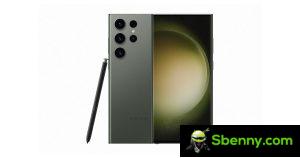
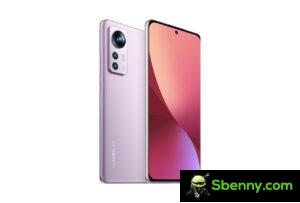
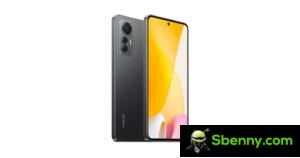
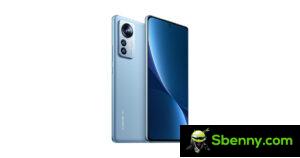
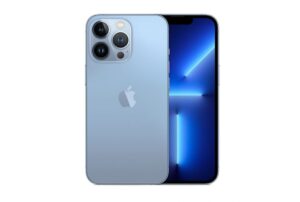
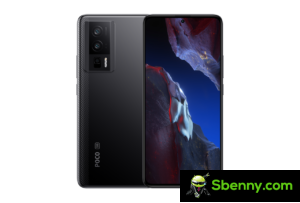
Start a new Thread